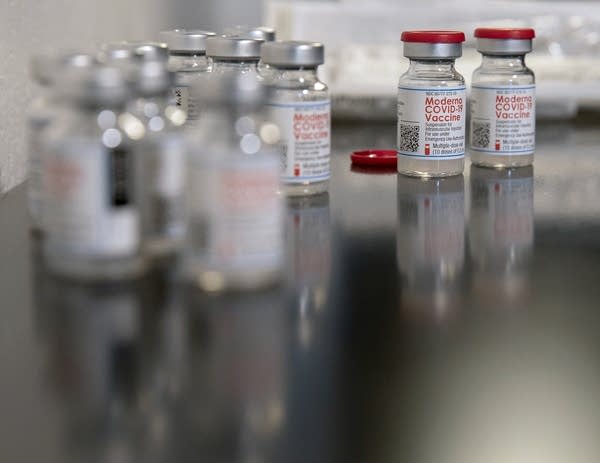Feb. 15 update on COVID-19 in MN: Key metrics continue to improve; 12% have received 1 vaccine dose

Vials of Moderna COVID-19 vaccines sit on a table at United Family Medicine in St. Paul on Jan. 20.
Christine T. Nguyen | MPR News file
Go Deeper.
Create an account or log in to save stories.
Like this?
Thanks for liking this story! We have added it to a list of your favorite stories.


